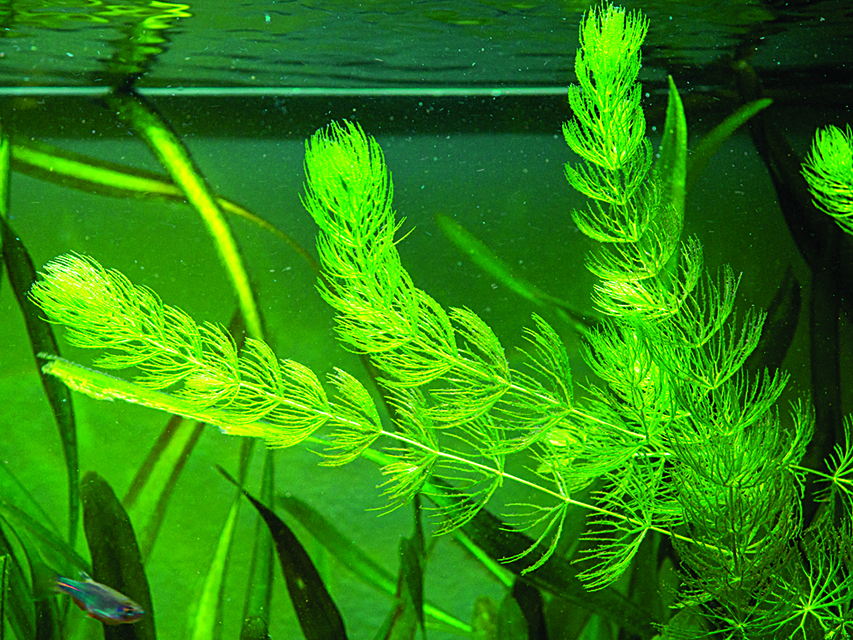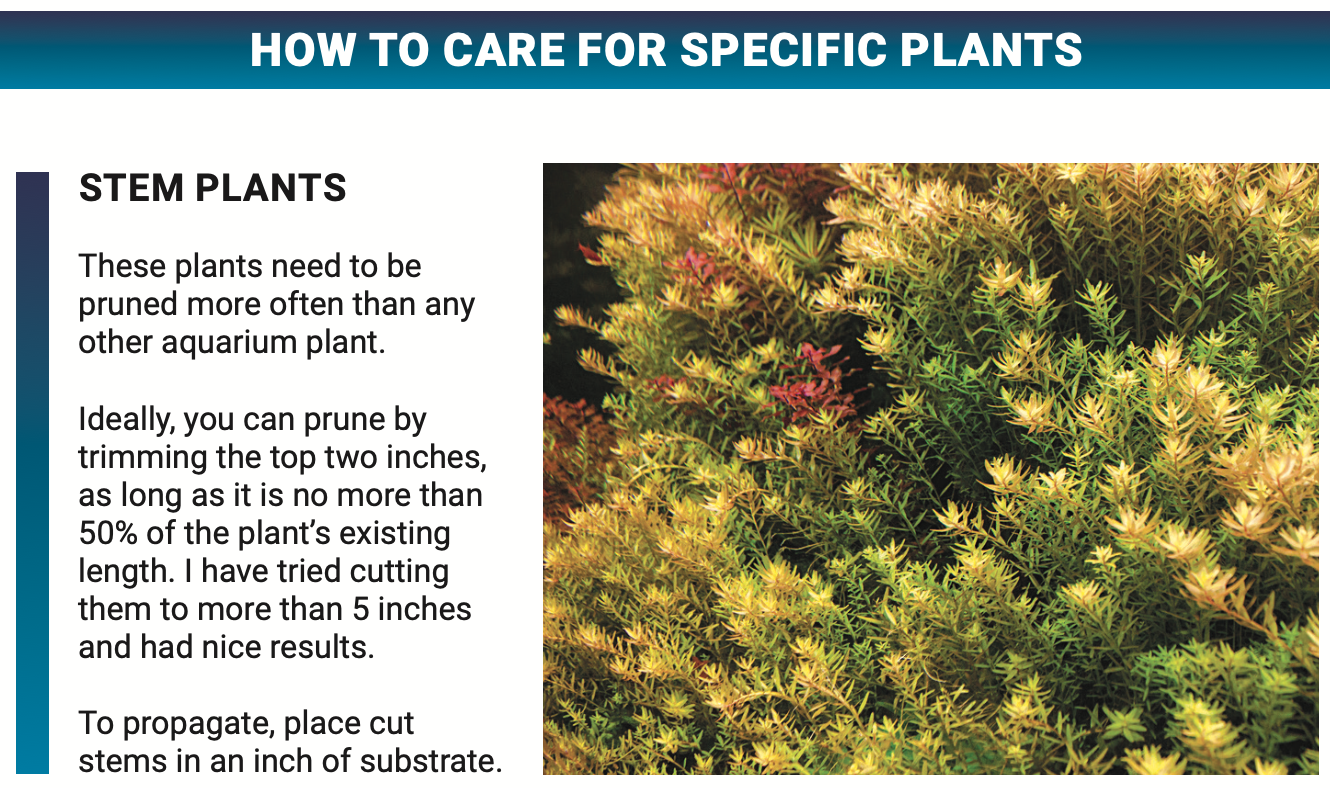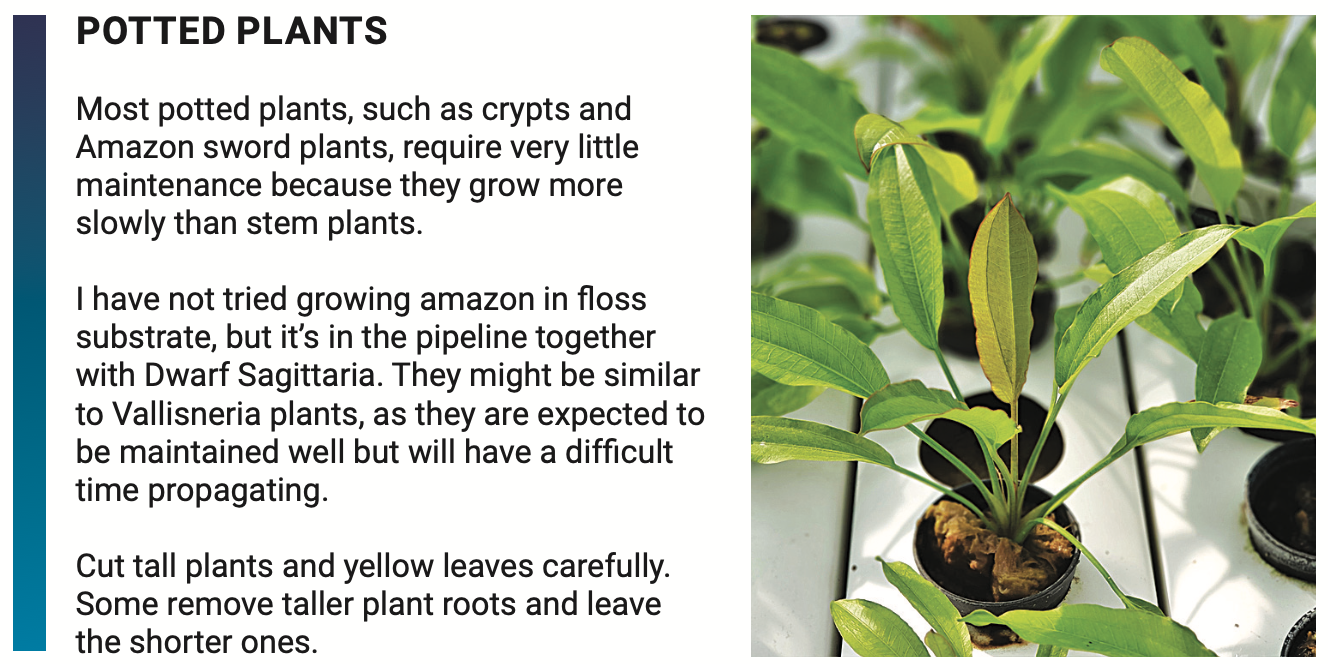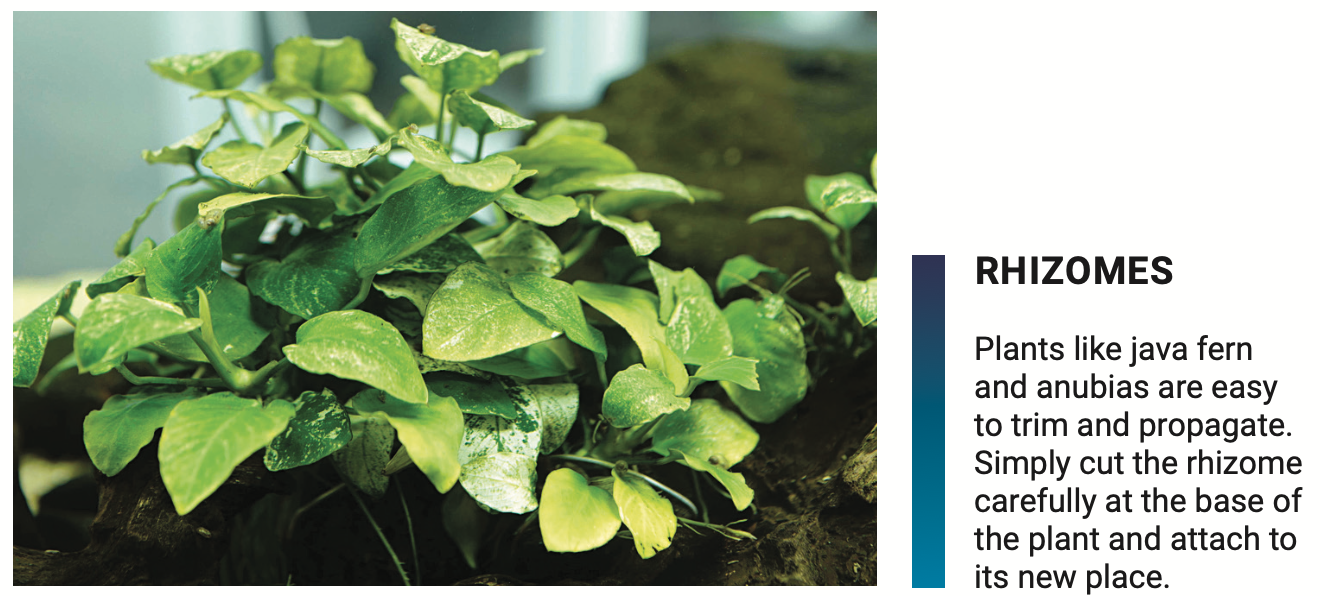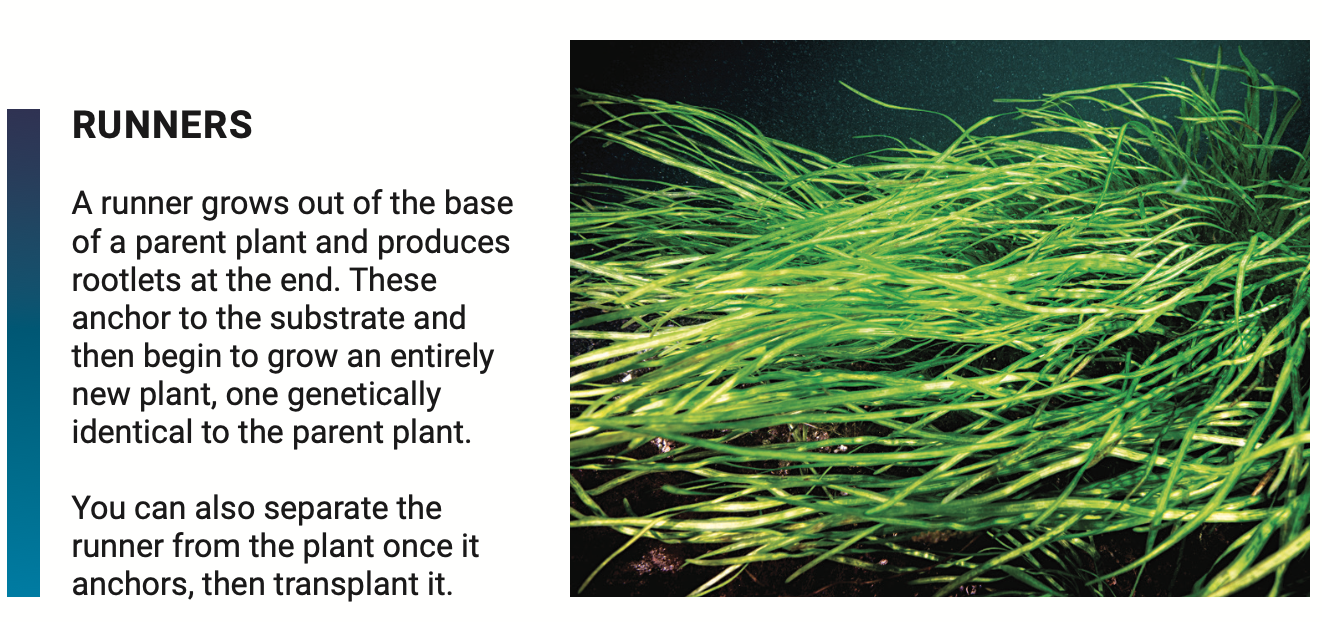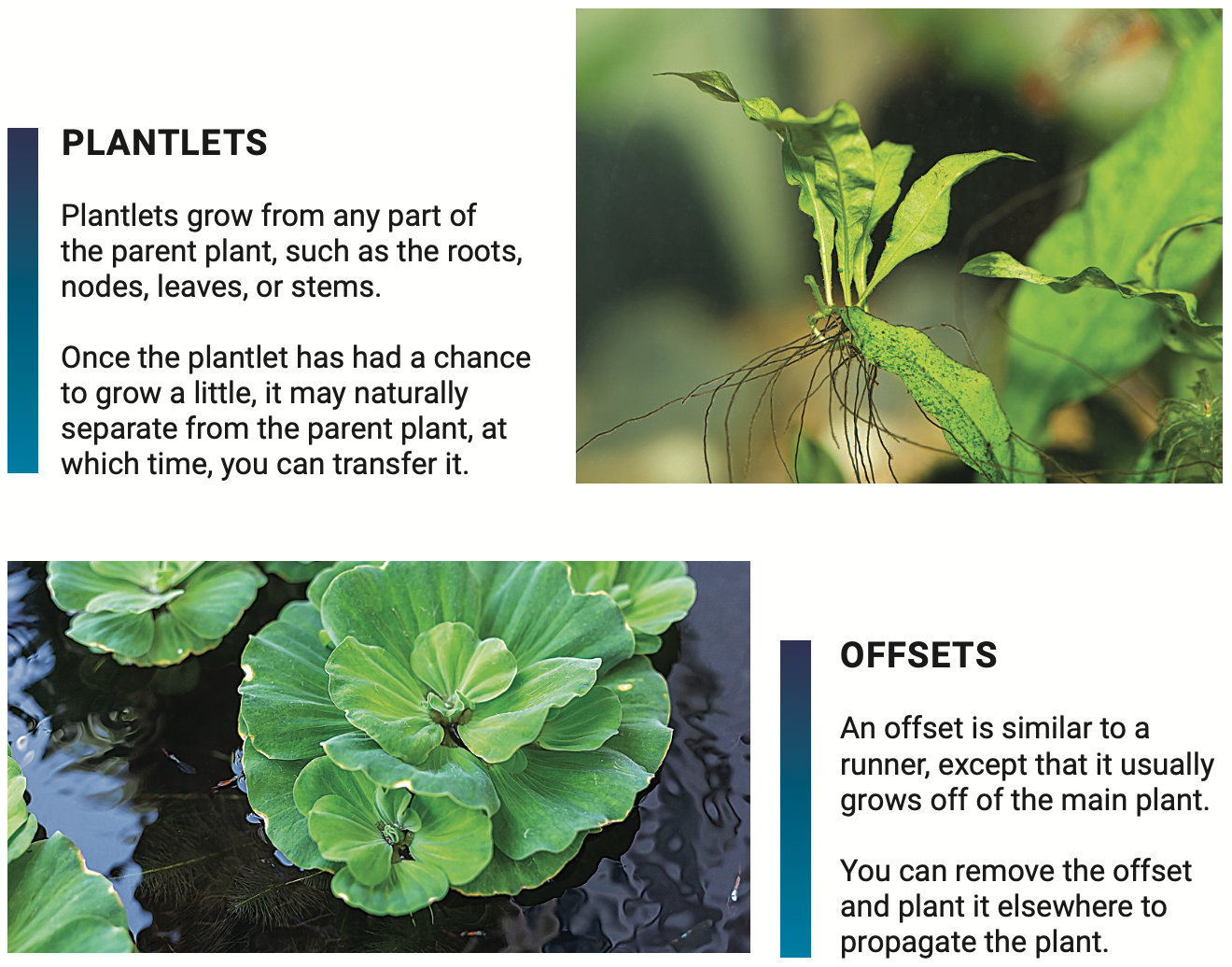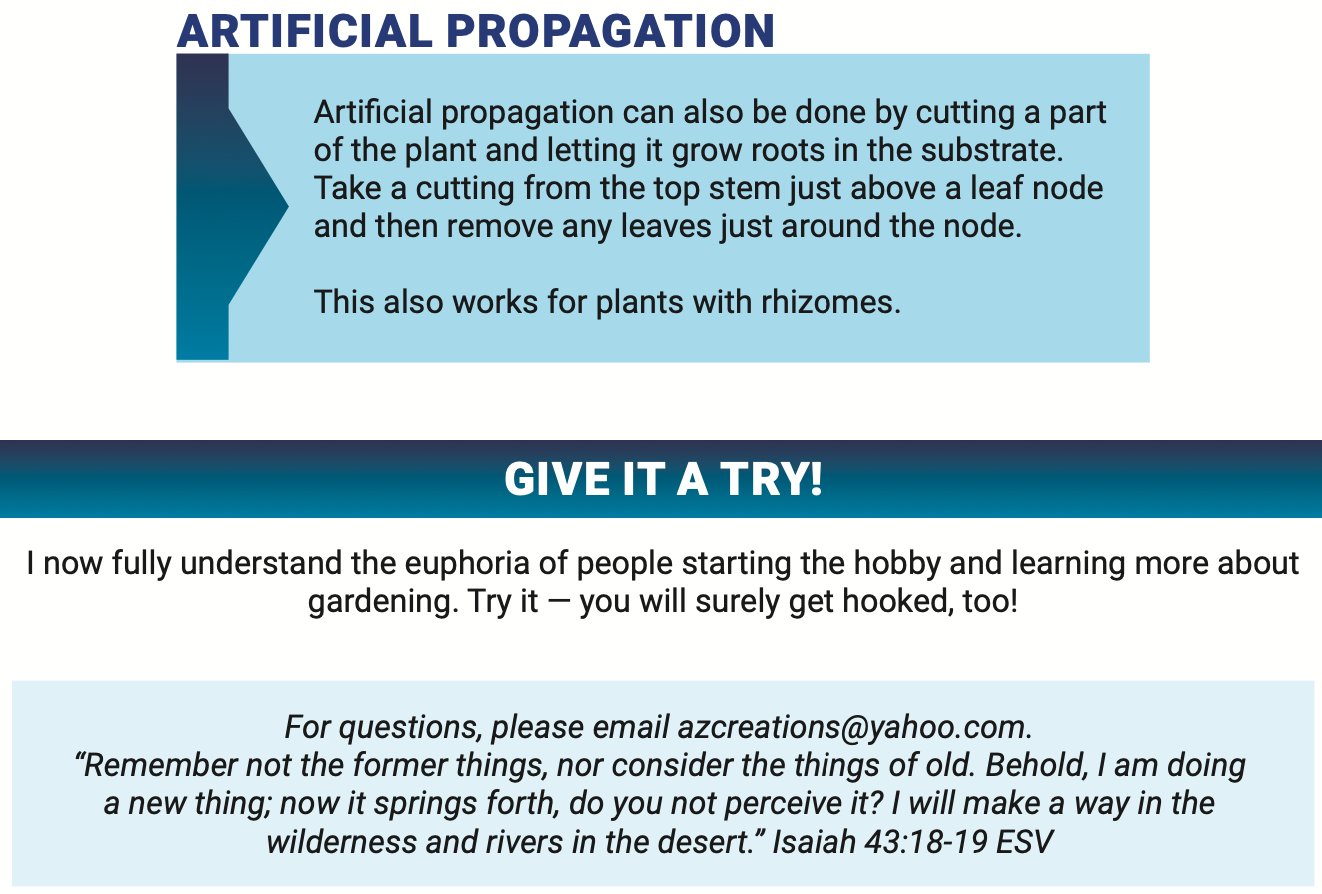The pandemic forced us to stay at home for many months. To cure our boredom, we took on several hobbies, and one of the most popular to emerge was backyard gardening. Hence, the terms plantito and plantita were born.
Fruits, vegetables, and ornamental plants provided not only a wonderful hobby, but also a livelihood for many.
I tried taking care of plants, vegetables, and herb plants. I had good results in harvesting water spinach (kangkong), wheatgrass for cold press juicing, and some herbs like basil and thyme. In my desire to be a plantito, I jumped on the bandwagon, with a twist: I used what knowledge and resources I already had from caring for aquatic animals. I also wanted to replicate outdoor gardening, which meant using minimum or no artificial light.
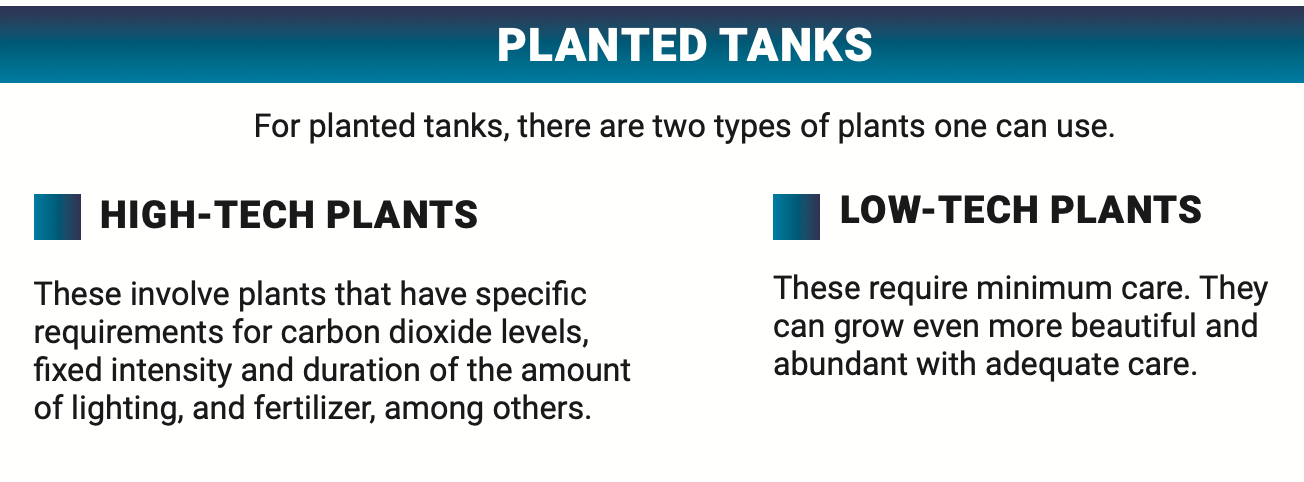

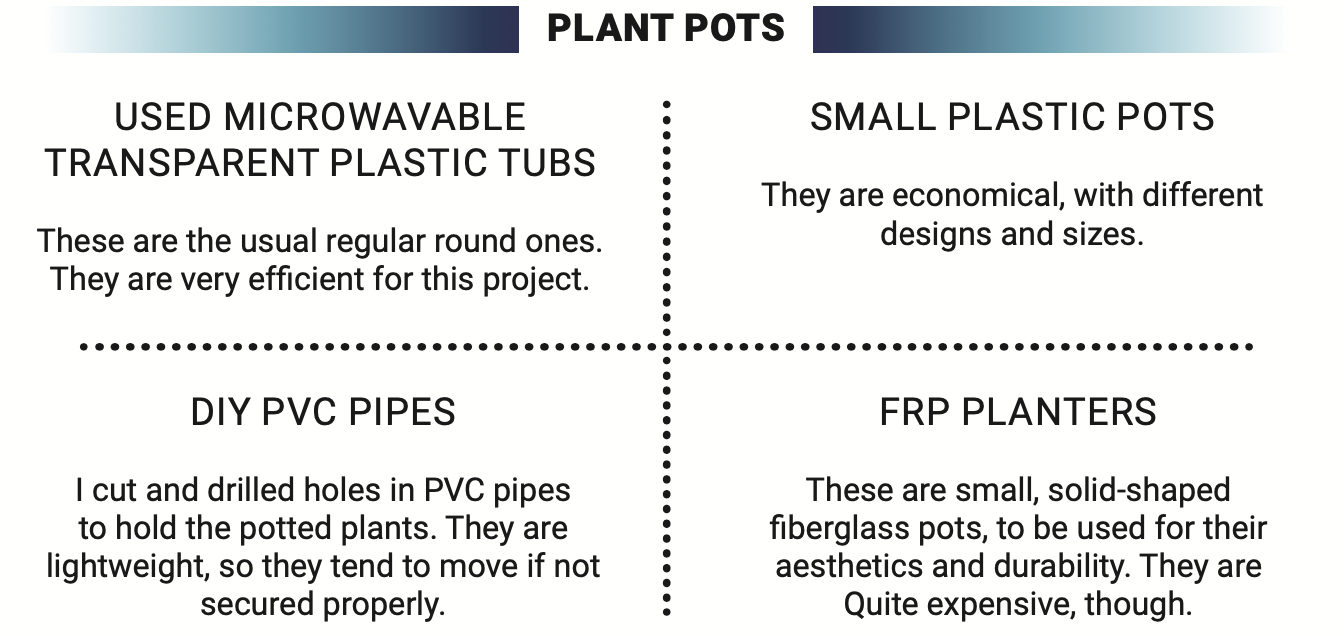

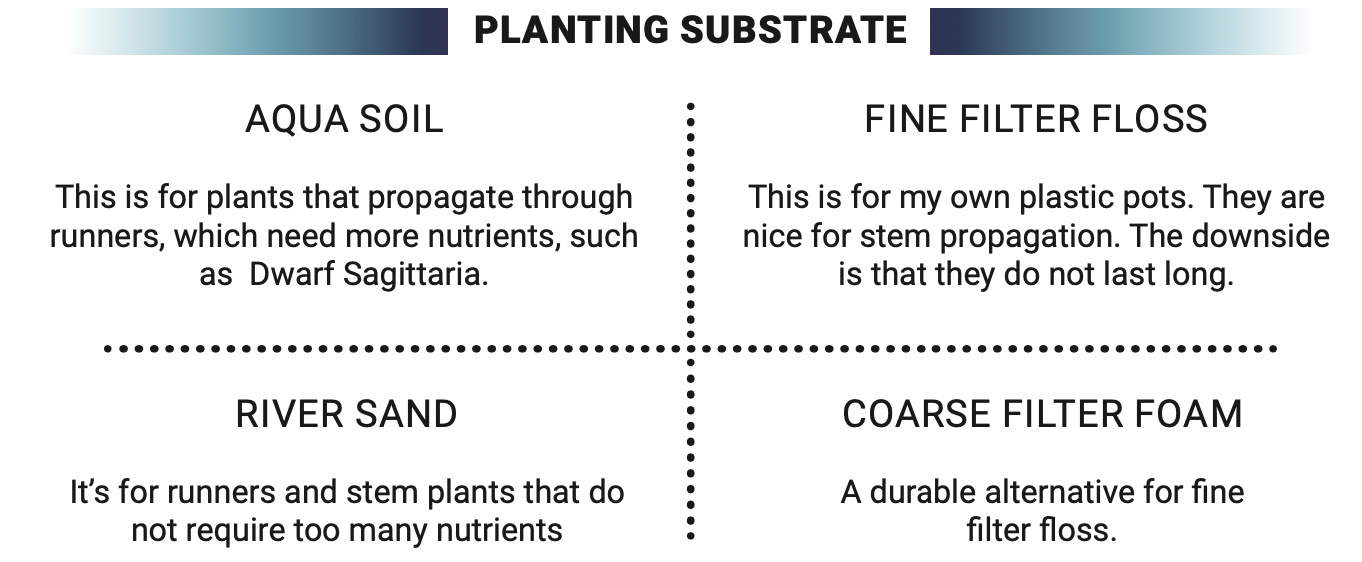


COMMON TERMS
Here are a few terms you might encounter while making planted tanks.
Aquascaping
This is the craft of arranging aquatic plants with a combination of rocks, stones, cave work, and driftwood. It’s like being a landscaper, gardener, farmer, or artist.
Propagation
The breeding of specimens of a plant or animal by natural processes from
the parent stock.
Water pH
This is a measurement of how acidic or alkaline the water is.
Substrate
The surface or material on or from which
an organism lives, grows, or obtains its nourishment.
Runners
Plants that spread in a horizontal fashion.
Pruning & trimming
The process of cutting away dead or overgrown branches, stems, and leaves.
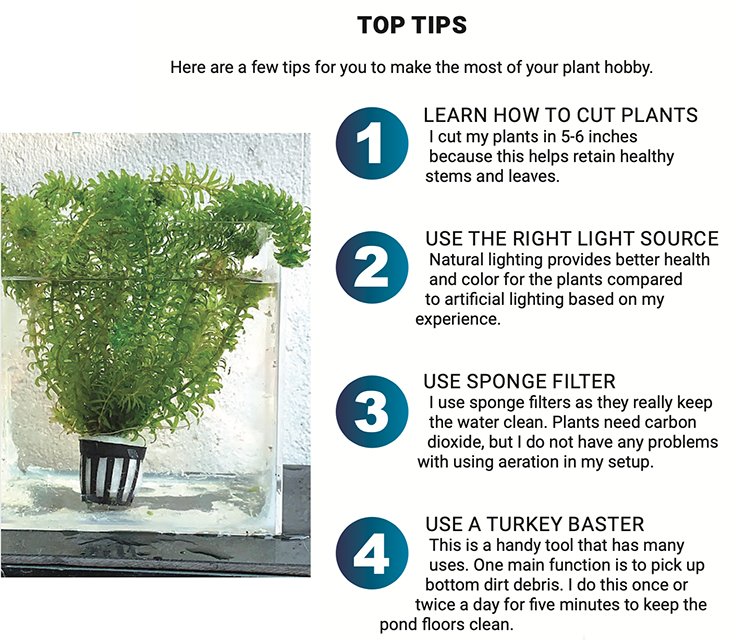
PLANT PROPAGATION
If the conditions in your tank are favorable and your plants are properly rooted in the nutrient- rich substrate, then they will grow well.
Some plants grow quicker than others. I find that water sprites, hydrillas, and hornworts are the fastest growing among the plants I have tried. Meanwhile, Amazon swords and anubias plants grow slowest.
